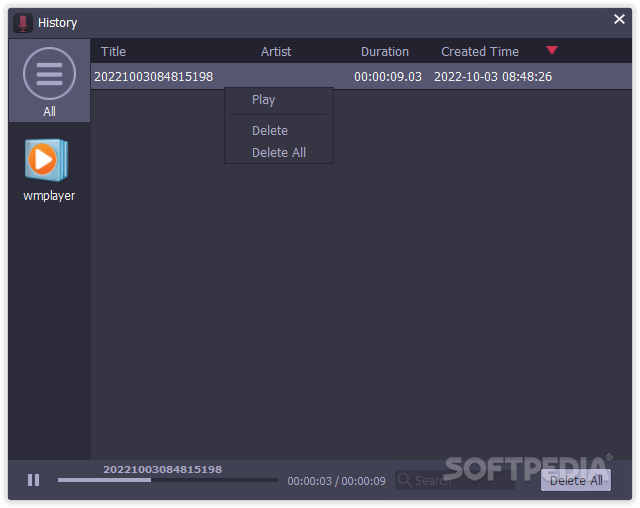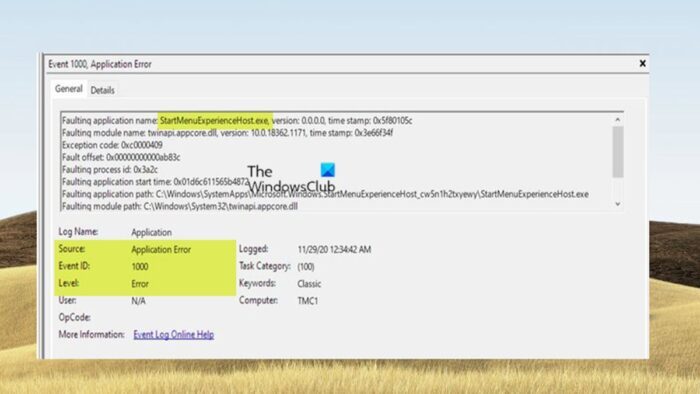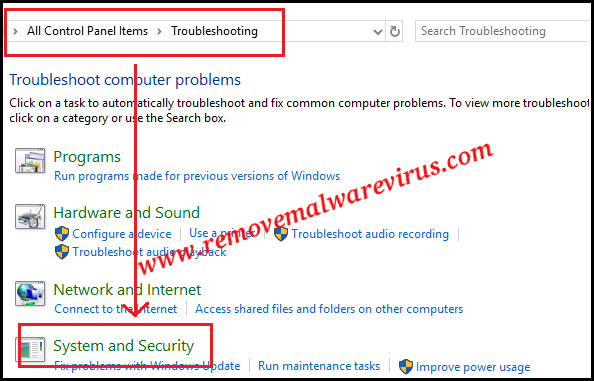
Hijacking due to the way TiWorker.exe will try to call the non-existent reg query "HKLM\SOFTWARE\Microsoft\Windows NT\CurrentVersion\Image File Execution Options\DismHost.exe" /v DebuggerĪdditionally, prior to the TrustedInstaller (Windows Module Installer) service starting, the same subkey is queried but for the TrustedInstaller.exe instead.Įventually, DismHost.exe looks up a few different subkeys under HKEY_CLASSES_ROOT, there is quite a few important subkeys here and if they’re missing or corrupted, then DISM will fail to run correctly.Class MetasploitModule 'Windows Server 2012 SrClient DLL hijacking' ,Īll editions of Windows Server 2012 (but not 2012 R2) are vulnerable to DLL There is a particular value named Debugger and if this is set to 0x1, the DISM will not start at all and will throw DISM Error 2. Now, there is an important registry key which is queried just before DISM is executed and that is the Image File Execution Options (IFEO) subkey. SFC does attempt to perform repairs if possible by checking the Backup directory of the WinSxS folder for a suitable replacement file, if none can be found, then the file is reported as corrupted or missing from the backup folder. With this in mind, it is often best to run SFC as well which will only check for file corruption within the WinSxS folder. DISM does a good job of checking for registry corruption within the COMPONENTS and CBS subkey, however, tends to struggle when it comes to checking actual files. If there is no corruption then the two previously mentioned flags are cleared, otherwise they’re set to 0x1 or true. ScanHealth and /RestoreHealth do largely the same as each other and perform an extensive check of the Component Store. These two flags are queried by a CBS worker process called TiWorker.exe. These are the Corruption value and Unserviceable value. The /CheckHealth is the fastest option and simply checks for the presence of two different store flags which are part of the CBS subkey. Although, typically, this is only for corrupted packages and payload files – I’m yet to see a case whereby DISM was able to repair registry corruption, although, it usually does an excellent job of finding it. They actually almost do the same thing, however, the latter option will actually attempt to perform repairs using the Windows Update servers as the primary source. There is two main options for doing this: /ScanHealth and /RestoreHealth. Please stop! It’s pointless.ĭISM is designed for servicing the Windows operating system and provides an option to ensure that the Component Store is not corrupt. I’ve seen countless occasions where people have recommended forum users who are suffering from Windows Update issues (and even BSODs) to run DISM /ScanHealth followed by /RestoreHealth.


There appears to be much confusion about what the switches available for DISM actually do.

Understanding DISM – /CheckHealth, /ScanHealth and /RestoreHealth


 0 kommentar(er)
0 kommentar(er)
